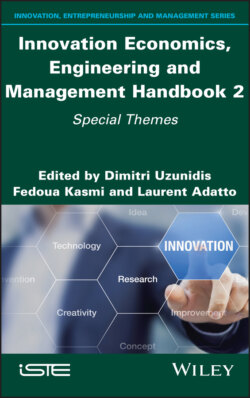Читать книгу Innovation Economics, Engineering and Management Handbook 2 - Группа авторов - Страница 25
2.3.4. Fourth bias: a universal innovation process does not exist!
ОглавлениеThe ISO 56002 standard on innovation management correctly places the key moments of an innovation project: identifying opportunities, creating concepts, validating concepts, and developing and deploying solutions. It also specifies that although there is not a universal process model that is applicable for all organizations, it is possible to identify five main “phases” that are more or less always present. The ISO 56002:2019 standard represents those “phases”.
It is therefore commonly accepted today that there is no ideal process for developing an innovative activity; however, there are margins of freedom to be taken.
Although at first glance it seems that innovation is a unique and creative process, and apparently without structure, it has been proven that innovation can benefit from a common framework and standardization (ISO 56002).
There is no typical process leading from an idea to an activity anchored in its environment, but rather an agility in adapting and reorganizing itself according to the evolution of the environment. As a result, agile innovation and innovation agility are the foundations of innovation engineering. It is all about learning to free oneself from any typical model by developing the ability to reconfigure steps, to remove or add steps if necessary. Depending on the very nature of the innovation, whether it is incremental, radical or disruptive, engineering must be at the service of the project and not the other way around. It is therefore obvious that if we are looking for incremental innovation, we are not going to immediately start setting up a creativity session. Rather, we will prefer tools such as competitive intelligence or the search for customer dissatisfaction in order to improve the existing product/process or service at a lower cost and in the short term. However, the more we look for radical innovation, the more open innovation approaches will be used to try to pick up weak signals from the markets. Feeling the unspoken needs of users and establishing foresight-related tools are another way to approach this first phase of an innovation process.
